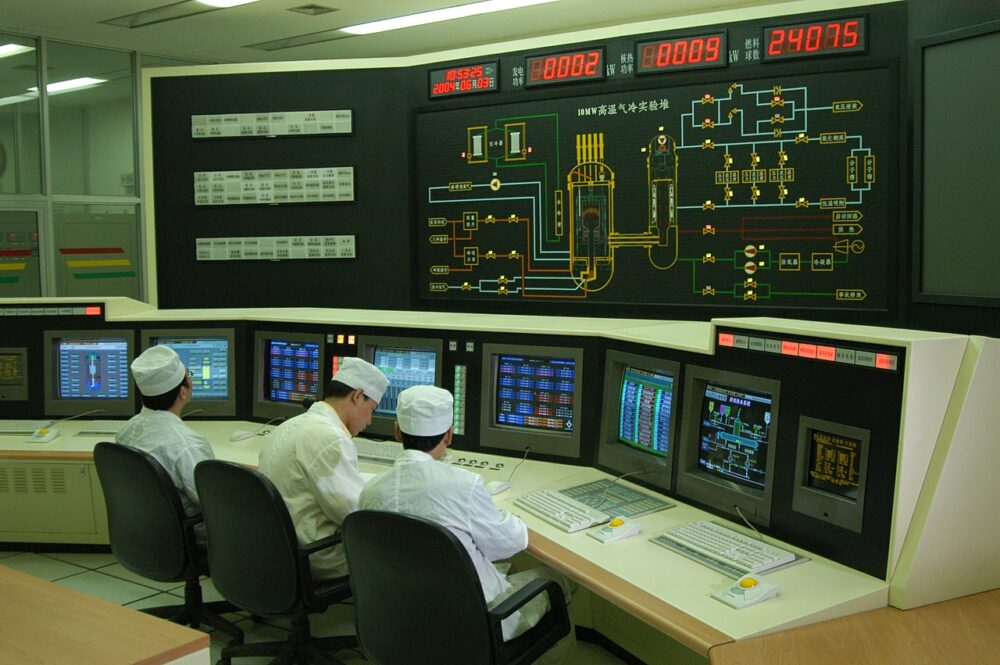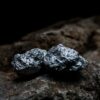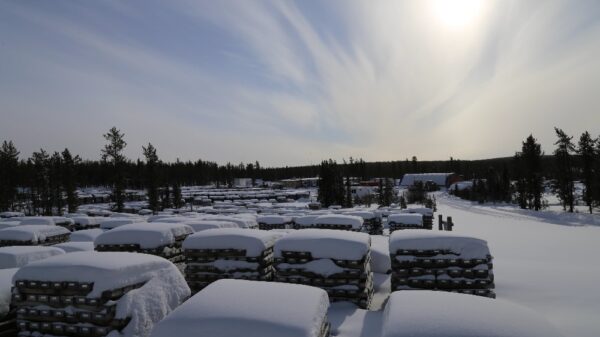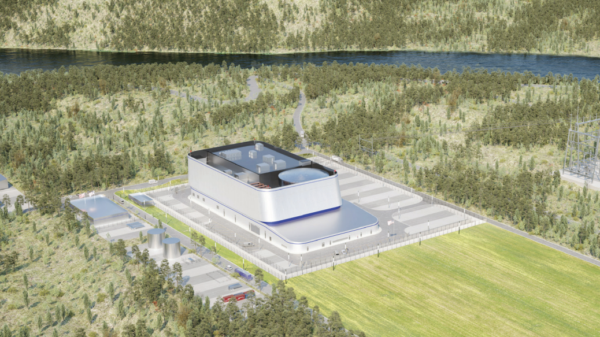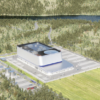An experimental next-generation nuclear reactor based out of China passed a critical cooling test.
Published in the science journal Joule earlier this month, an engineering team based out of Tsinghua University in China turned off the external power to their pebble-bed module reactor (HTR-PM) to test its cooling activities over two days.
The Shidao Bay Nuclear Power Plant high-temperature gas-cooled (HTGR) pebble-bed reactor in Shidao Bay, Shandong Province, differs in its design from traditional reactors.
They use more graphite and less uranium resulting in slower reactions and the ability to sustain higher temperatures for longer periods. This design also disperses heat over a larger area, allowing for passive cooling through convection, conduction, or both, eliminating the need for an external power source.
Additionally, the reactor self-regulates the nuclear reaction. When the reactor temperature rises, the atoms in the fuel move faster, creating an effect called Doppler broadening, where neutrons move at different speeds. Consequently, the fuel absorbs more fast neutrons, leaving fewer to sustain the reaction. The higher the temperature, the more the reaction is smothered.
One of the major drawbacks of using nuclear energy to generate electricity is the fear of a meltdown, which could expose populations to radiation. To address this, scientists have been developing designs for nuclear reactors that do not melt down if their coolant supply is interrupted.
Read more: ATHA readies equipment for June drilling at new Nunavut uranium project
Read more: ATHA enters C$8M option agreement with Inspiration Energy for Saskatchewan assets
New design would have prevented Fukushima meltdown
Instead of using fuel rods cooled by circulating water inside a pressure vessel, a pebble-bed reactor relies on a large, unpressurized hopper filled with spherical pebbles. These pebbles consist of layers of enriched uranium fuel, carbon acting as a moderator, and a silicon carbide coating. Additionally, helium gas, which is chemically neutral and remains a gas at all temperatures outside the cryogenic realm, serves as the coolant.
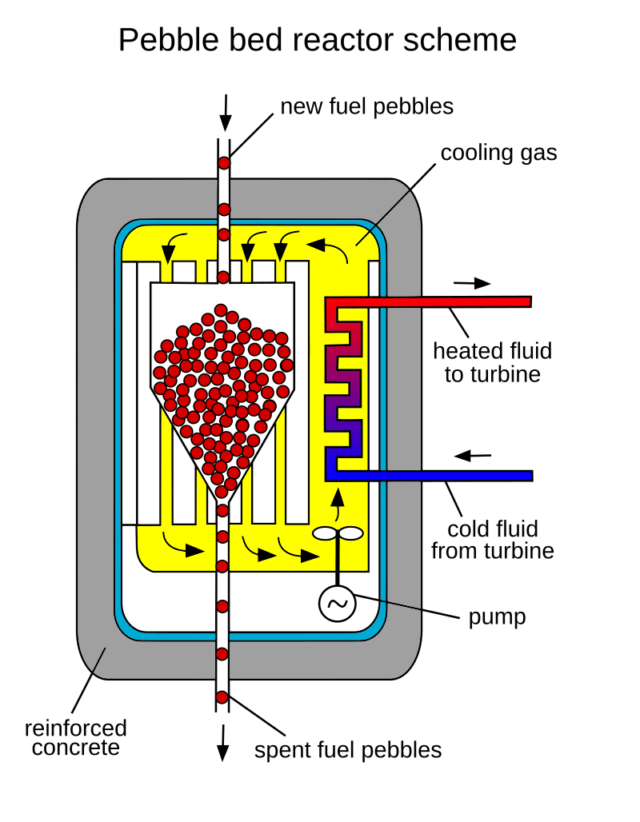
Pebble bed reactor scheme. Image is public domain but via Wikimedia Commons.
The pebbles can withstand temperatures up to 1,600 °C (3,000 °F), although the reactor core cannot exceed this temperature. The heat from the pebbles causes the helium to circulate naturally when the pumps are turned off, and the high surface-to-volume ratio of the pebbles ensures that heat loss exceeds heat generation.
The design would have prevented the 2011 meltdown at the Fukushima Daiichi plant in Japan. During that accident, a tsunami caused a power outage, making it impossible to pump the water needed to keep the reactors cool, which led to overheating.
Construction and testing of the new nuclear plant in China began in 2016. It has two reactors, each capable of generating 105 MW of power, and began operations last year. The research team sought to prove the plant’s incapability of melting down by revving both reactors up to full power and then turning off all external power, which immediately stopped water flow to and from the turbines used to generate power.
The researchers monitored the plant for any signs of a meltdown, which did not occur. Instead, the reactor reached stable temperatures within 36 hours.
Read more: ATHA Energy exploration program in Angilak Project produces promising results
Read more: ATHA gives Riverboat Energy option to take majority interest in Vista uranium project
SMR’s offer best option for nuclear renaissance
There’s been something of a nuclear renaissance over the past few years as governments scramble for energy alternatives to fossil fuels. This has given rise to innovations in the way nuclear power is harnessed. A few include the tokamak and stellarator models of nuclear fusion presently undergoing testing in South Korea and other places, and the rise of small modular reactors (SMRs).
Between the two, SMRs seem far more viable. Nuclear fusion technology is reputed to be decades away while some scientists suggest even further, while the SaskTel, the energy regulator for the province of Saskatchewan, says that its first SMR could be up and running as early as 2034.
SMRs are physically smaller than existing technology and have smaller outputs. The International Atomic Energy Agency classifies reactors as small if their output is under 300 megawatts. This output is enough to power 300,000 homes and is roughly one-third of the generating capacity of traditional nuclear power generators.
Additionally, SaskPower is working with GE Hitachi on the design, fuel sourcing, and fabrication for a BWRX-300 reactor, the type originally selected in 2022.
While SaskPower is considering SMRs to supplement larger population centers and industrial sites, the Saskatchewan Research Council is exploring nuclear-powered microreactors for remote northern communities. Microreactors can produce 20 megawatts of energy, have a lifespan of eight years, and could power up to 5,000 homes in remote areas.
The province has pledged $80 million for the research council to pursue licensing fees.
The Saskatchewan Research Council has selected an eVinci microreactor, which Westinghouse Electric Company will build.
If everything goes to plan, the microreactor will be operational by 2029.
Read more: ATHA gives Riverboat Energy option to take majority interest in Vista uranium project
Read more: ATHA Energy employs machine learning to pinpoint Athabasca Basin uranium targets
Geopolitics offer short-term uncertainty
However, there could be another roadblock to nuclear energy reaching its greatest potential.
Geopolitical activities and attitudes are currently creating substantial tension in the world uranium markets.
Overall, geopolitical instability is driving uncertainty and increasing demand for uranium, which is impacting prices. For example, the possibility of the U.S. banning imports of Russian enriched uranium by 2028 would compel the U.S. to find alternative sources, further tightening the market.
The Athabasca Basin in Canada represents one such alternative source, with companies like Cameco Corporation (NYSE: CCO) (TSX: CCJ), Denison Mines (TSX: DM) (NYSE: DNN), and smaller, value-oriented corporations like ATHA Energy Corp (CSE: SASK) (OTCQB: SASKF) (FRA: X5U).
In early March 2024, ATHA Energy expanded its uranium portfolio by acquiring the Angilak project in Nunavut through the purchase of Latitude Uranium. Since then, it’s performed airborne geophysical surveys and returned promising results from its opening drill campaign.
ATHA Energy Corp. is a sponsor of Mugglehead news coverage

